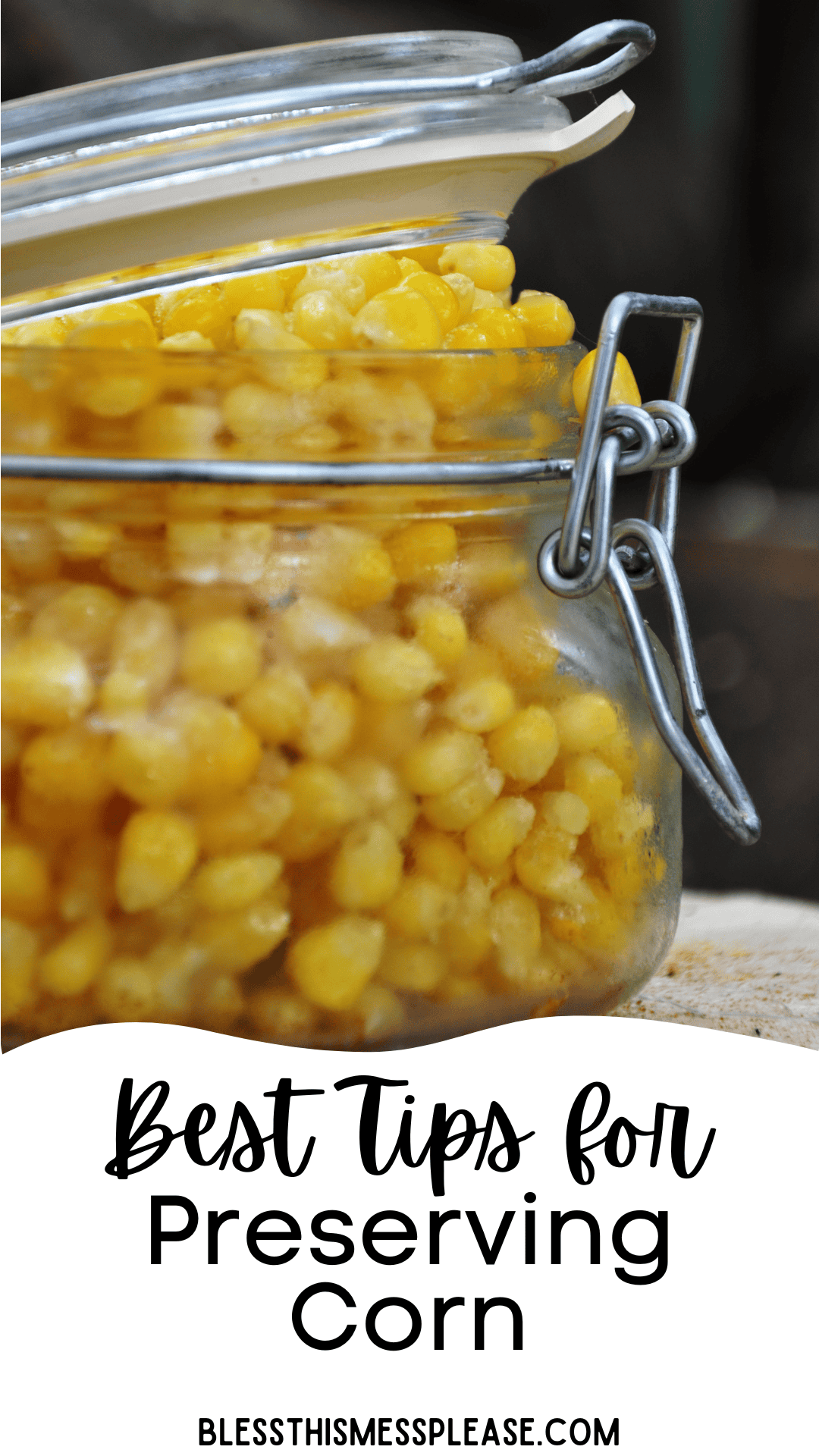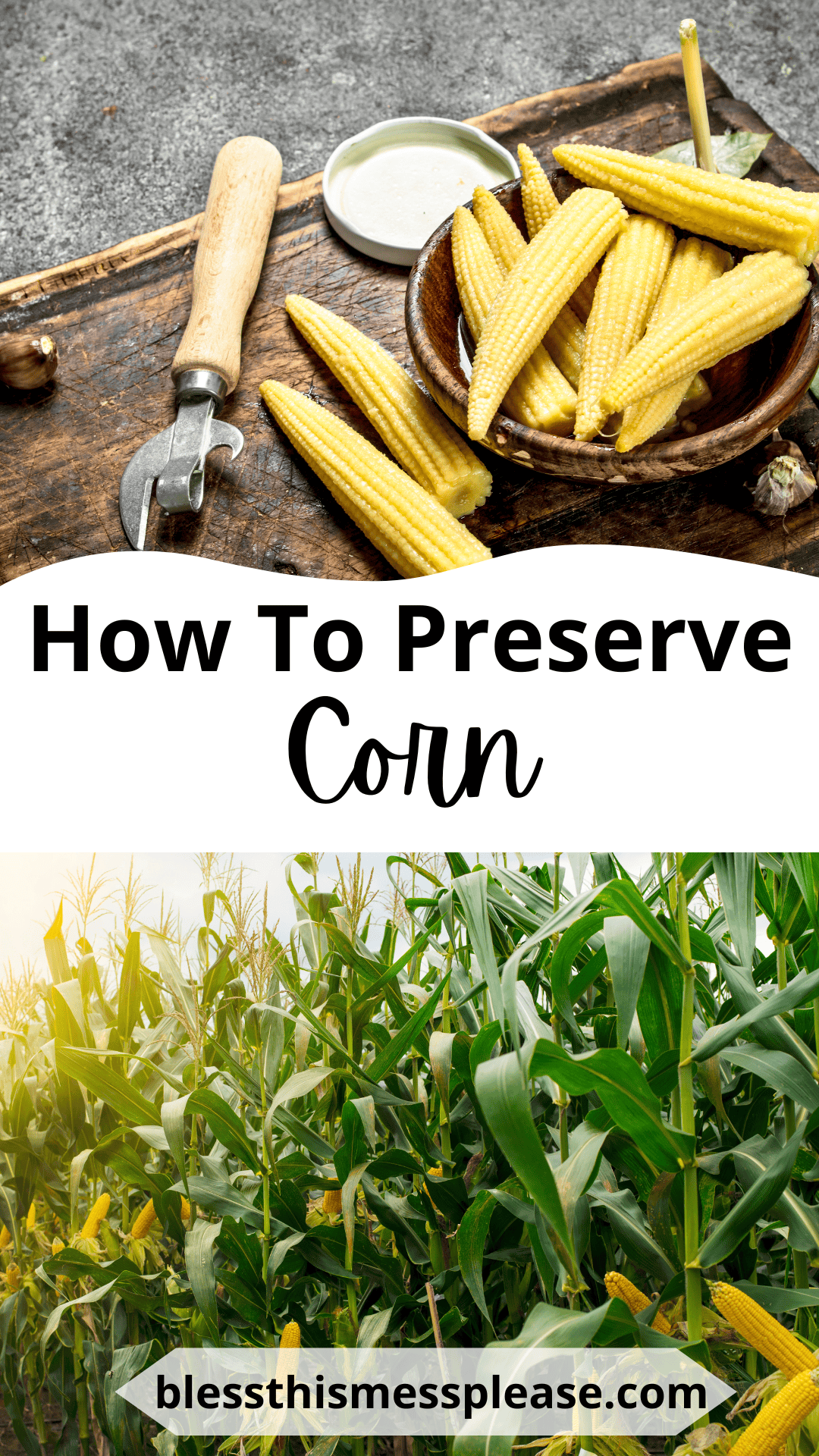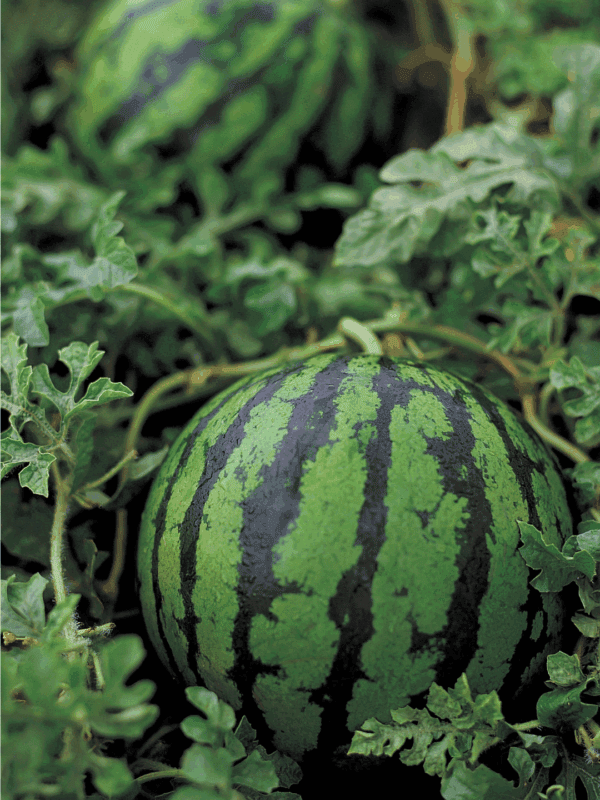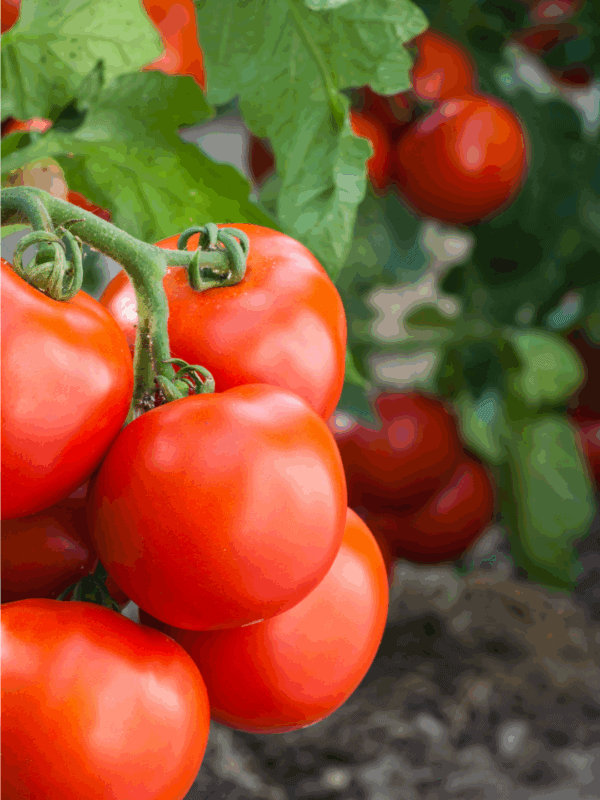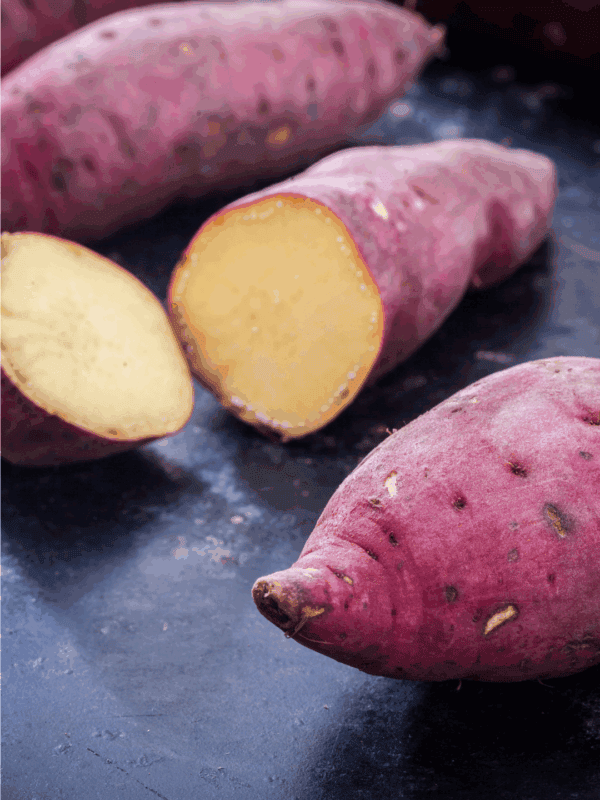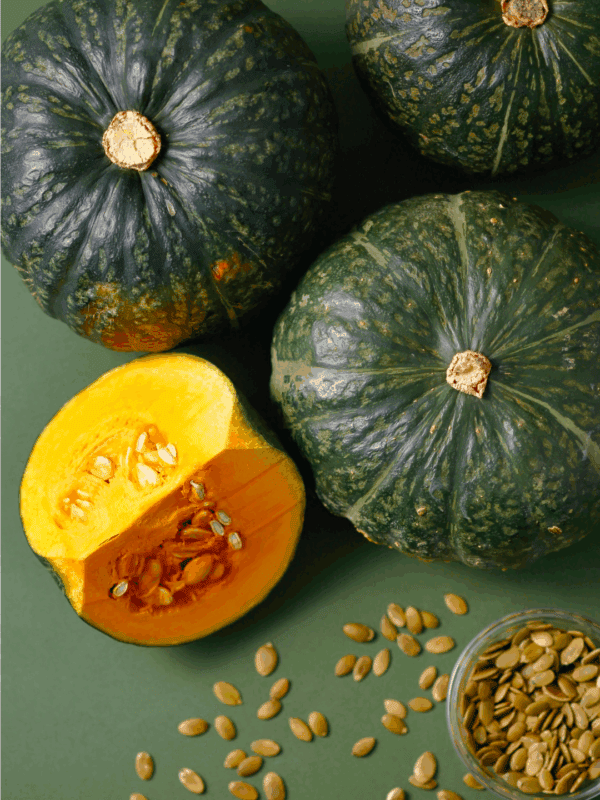This post may contain affiliate links. Please read our disclosure policy.
Ready to learn How to Preserve Corn? From dehydrating, to canning, and even freezing, these methods will help you enjoy those sweet tasting kernels all year long — while saving money and reducing food waste!
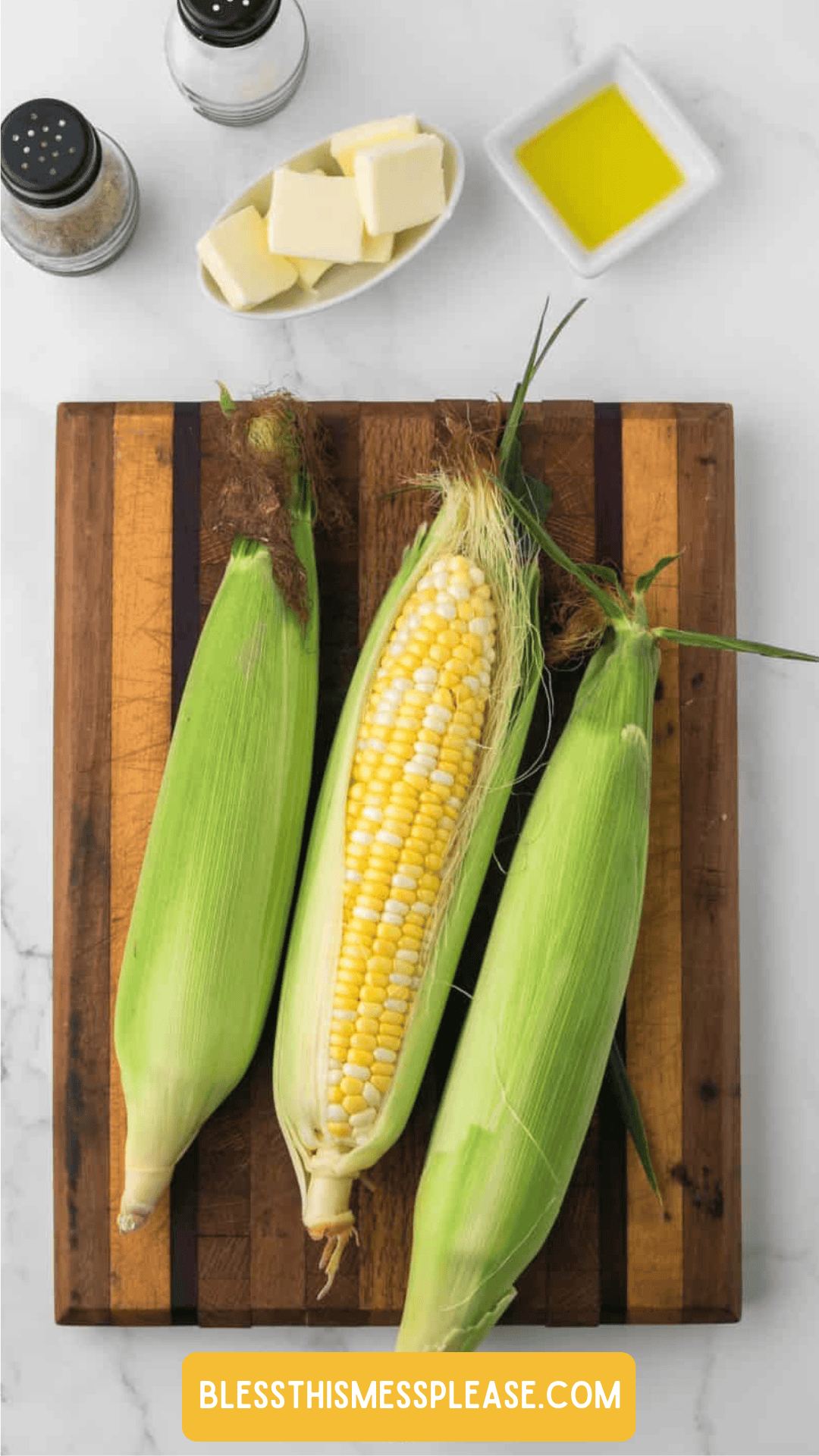
Preserving Guide: How To Preserve Corn
Nothing beats the sweet, crisp taste of fresh corn at the peak of summer! From barbecues to meat-and-potato meals, it’s a staple in every kitchen. And learning how to preserve corn means you can enjoy that sweet golden grain year-round.
Whether you’re dealing with a bumper crop from your garden, a great price at the farmer’s market, or simply want to stock up, learning these simple preservation techniques will help you figure out how to approach this versatile vegetable.
Table of Contents
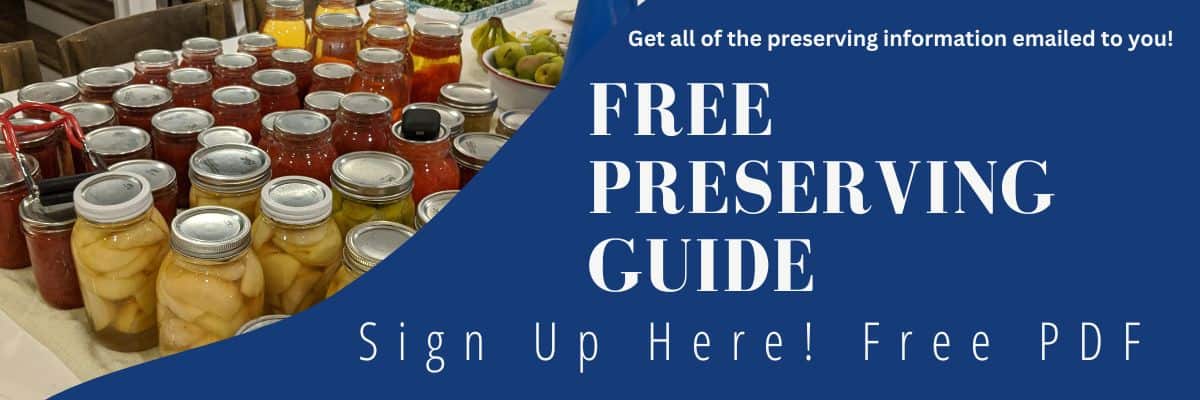
When To Harvest Corn
When tassels begin to turn brown and kernels are full.
How To Store Corn
Make sure to unhusk your corn and store it in the refrigerator.
Dehydrating Corn
- CUT: Select tender, sweet corn. Husk. Steam on the cob for 5-10 minutes. Cut from the cob.
- DEHYDRATOR: 6-10 hours
- APPEARANCE WHEN DRY: crisp; brittle
How to Can Corn
QUANTITY: An average of 31 1⁄2 pounds (in husk) of sweet corn is needed per canner load of 7 quarts; an average of 20 pounds is needed per canner load of 9 pints. A bushel weighs 35 pounds and yields 6 to 11 quarts – an average of 4 1⁄2 pounds per quart.
Preparation:
- Husk corn, remove silk, and wash.
- Blanch 3 minutes in boiling water.
- Cut corn from cob at about three-fourths the depth of kernel.
Caution: Do not scrape cob.
HOT PACK
- To each clean quart of kernels in a saucepan, add 1 cup of hot water. Heat to boiling and simmer 5 minutes.
- Add 1 teaspoon of salt per quart, if desired.
- Fill jars with corn and cooking liquid, leaving 1-inch headspace.
- Adjust lids and process
RAW PACK
- Fill jars with raw kernels, leaving 1-inch headspace. Do not shake or press down.
- Add 1 teaspoon of salt per quart, if desired.
- Add fresh boiling water, leaving 1-inch headspace.
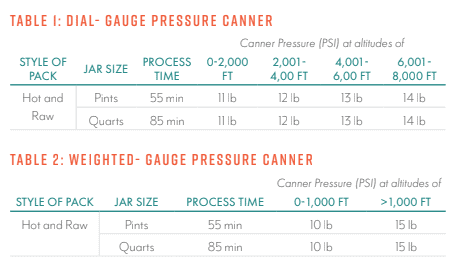
How to Freeze Corn
Preparing Corn
- Select only tender, freshly-gathered corn in the milk stage.
- Husk and trim the ears, remove silks and wash.
How to Freeze Corn on The Cob
- Water blanch small ears (1 1⁄4 inches or less in diameter) 7 minutes, medium ears (1 1⁄4 to 1 1⁄2 inches in diameter) 9 minutes, and large ears (over 1 1⁄2 inches in diameter) 11 minutes.
- Cool promptly and completely to prevent a “cobby” taste.
- Drain and package.
- Seal and freeze.
How to Freeze Whole Kernel Corn
- Water blanch 4 minutes.
- Drain and cool promptly.
- Cut kernels from cob about 2/3 the depth of the kernels.
- Package, leaving 1⁄2-inch headspace.
- Seal and freeze.
🍎🫙 Get a free Preserving Guide for all the details to dehydrate, can, and freeze 42 fruits and vegetables — get the FREE GUIDE here!
Expert Tips
- Storage Time: Frozen corn maintains its best quality for 8-12 months, properly canned corn lasts 2-5 years, and dehydrated corn can last 8-10 years when stored properly.
- Preservation After Cooking: Contrary to what you may assume, you CAN preserve cooked corn! Cooked corn freezes well for 6-8 months, but the texture will be softer — making raw corn generally better for preservation.
- Make Sure to Work Fast: Corn’s natural sugars start converting to starch immediately after harvest, so process your corn as soon as possible. Keep unhusked corn refrigerated until you’re ready to preserve it!

More Tips For Preserving The Harvest
Preserving Guide
How To Preserve Watermelon
Preserving Guide
How To Preserve Tomatoes
Preserving Guide
How To Preserve Sweet Potatoes
Preserving Guide
How To Preserve Winter Squash
Did you use any of these preserving tips? Leave a note below in the comments or share it on Instagram, Facebook, or Pinterest!

